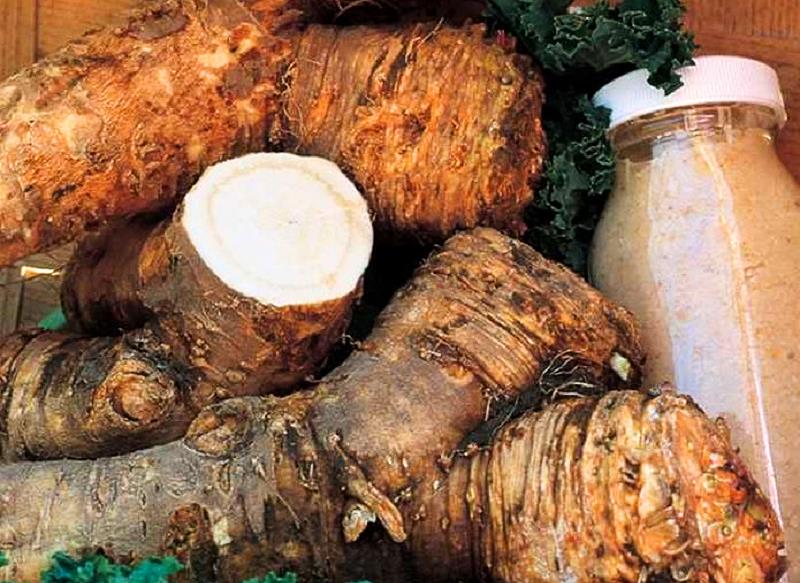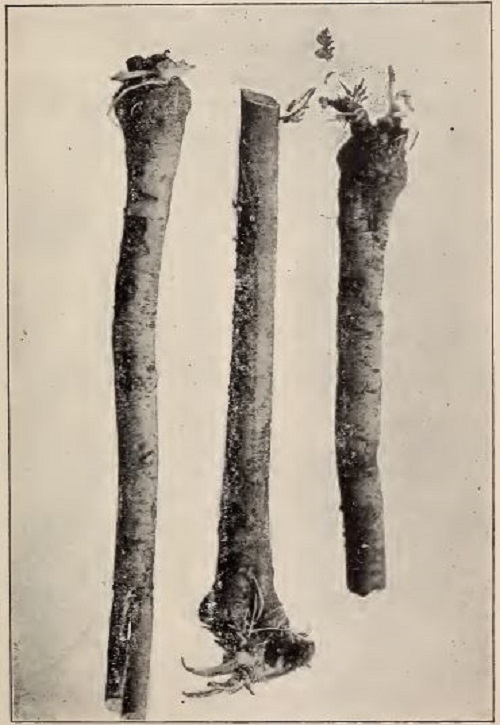Today I came across an old document from December of 1899 from the Division of Botany at the United States Department of Agriculture. The document is entitled, Horse Radish Culture in Bohemia and I am sharing it with you because Czechs absolutely love their horseradish!

Horse-radish is employed much more extensively by German and Austrian than by American cooks, with the result that the cultivation of the plant has received in those countries more attention than with us. On the other hand the fact that the markets there afford an adequate supply, of good quality, has doubtless tended to encourage consumption of this acceptable condiment and to increase the variety of culinary uses to which it is put, it being employed not alone in the raw state, but as a prominent ingredient of boiled dressings for beef and mutton dishes.
The variety of horse-radish known in Germany and Austria as the “Maliner” or “Maliner Kren” is considered superior to any other.


Fig. 1.— Roots of the Maliner Bohemian horse-radish.
It is grown to perfection in Kuttenberg aka Kutná Hora, a small village southwest of Kolin in Bohemia, whence large quantities are exported.
It is distinguished by its unusually sharp penetrating taste, uniform shape, and excellent keeping qualities…
The provided excerpt offers just a glimpse into the extensive article. To unlock the full content, become a Patreon patron. Our team meticulously gathers and curates valuable information, sparing you hours, days, or even months of research elsewhere. Our goal is to streamline your access to the best of our cultural heritage. However, a portion of the content is locked behind a Patreon subscription to help sustain our operations and ensure the continued quality of over 1,200 pages of our work.
Alternatively, you can contribute through Venmo, PayPal, or by sending cash, checks, money orders. Additionally, buying Kytka’s books is another way to show your support.
Your contribution is indispensable in sustaining our efforts and allows us to continue sharing our rich cultural heritage with you. Remember, your subscriptions and donations are vital to our continued existence.




















